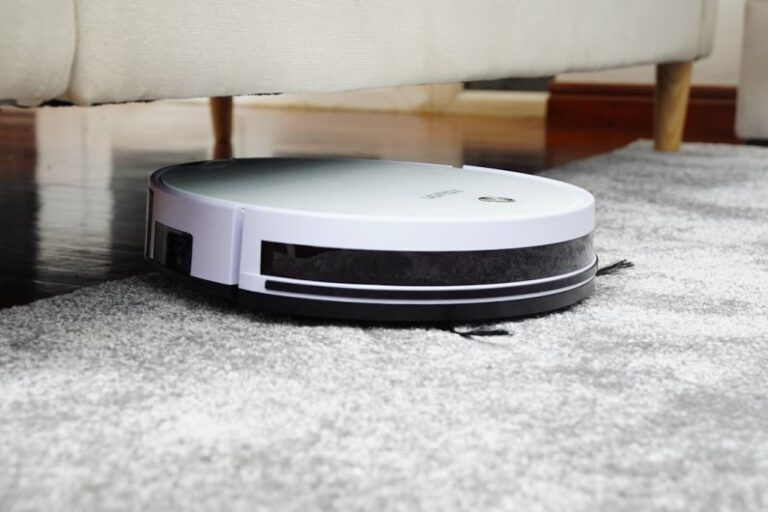Can a Smart Thermostat Save on Energy Bills?
Smart thermostats have gained popularity in recent years as a convenient and innovative way to manage home heating and cooling systems. These devices offer advanced features such as remote access, learning capabilities, and energy-saving settings. But can a smart thermostat actually save on energy bills? Let’s delve into the benefits and potential cost savings associated with using a smart thermostat in your home.
Efficient Temperature Control
One of the key advantages of a smart thermostat is its ability to provide precise control over the temperature settings in your home. By programming specific temperature schedules and adjusting settings based on your preferences and habits, a smart thermostat can help optimize energy usage. This means you can avoid unnecessary heating or cooling when you are not at home or during times when you typically do not require as much comfort.
Remote Access and Monitoring
Another significant benefit of smart thermostats is the ability to control your home’s temperature remotely using a smartphone or other connected devices. This feature allows you to adjust the temperature settings even when you are away from home, ensuring that you are not wasting energy on heating or cooling an empty house. Additionally, some smart thermostats provide energy usage reports and insights, helping you track your consumption patterns and identify opportunities for further efficiency improvements.
Learning Capabilities
Many smart thermostats come equipped with learning capabilities that enable them to adapt to your schedule and preferences over time. By analyzing your behavior and making automatic adjustments, these devices can optimize energy usage without requiring constant manual input. This personalized approach to temperature control can lead to significant energy savings by ensuring that your heating and cooling systems operate more efficiently based on your specific needs.
Energy-Saving Features
Smart thermostats often include energy-saving features such as geofencing, which uses your smartphone’s location to adjust temperature settings when you leave or return home. This functionality helps prevent unnecessary heating or cooling when no one is present, reducing energy waste and lowering your utility bills. Additionally, some smart thermostats offer integration with other smart home devices, enabling a holistic approach to energy management and efficiency.
Cost Savings Potential
While the initial cost of purchasing and installing a smart thermostat may seem like a significant investment, the potential long-term savings on energy bills can outweigh the upfront expenses. By optimizing your home’s energy usage and reducing waste, a smart thermostat can help lower your heating and cooling costs over time. Some studies suggest that using a smart thermostat can result in savings of up to 10-23% on heating and cooling expenses, depending on your location and usage patterns.
Environmental Impact
In addition to the financial benefits, using a smart thermostat can also have a positive impact on the environment by reducing your carbon footprint. By optimizing energy consumption and promoting more efficient heating and cooling practices, smart thermostats contribute to lower greenhouse gas emissions and help conserve energy resources. This eco-friendly aspect of smart thermostats aligns with the growing emphasis on sustainability and energy conservation in today’s society.
Making the Switch
If you are considering upgrading to a smart thermostat, it is essential to research different models and features to find the best fit for your home and lifestyle. Keep in mind that the cost savings and energy efficiency benefits of a smart thermostat may vary depending on factors such as your heating and cooling systems, home size, and usage patterns. However, for many homeowners, the convenience, comfort, and potential cost savings offered by smart thermostats make them a worthwhile investment in the long run.
In conclusion, a smart thermostat has the potential to save on energy bills by providing efficient temperature control, remote access, learning capabilities, energy-saving features, and cost savings opportunities. By leveraging the advanced features of a smart thermostat and optimizing your home’s energy usage, you can not only reduce your utility bills but also contribute to environmental conservation efforts. Consider making the switch to a smart thermostat to enjoy the benefits of enhanced comfort, convenience, and energy efficiency in your home.






